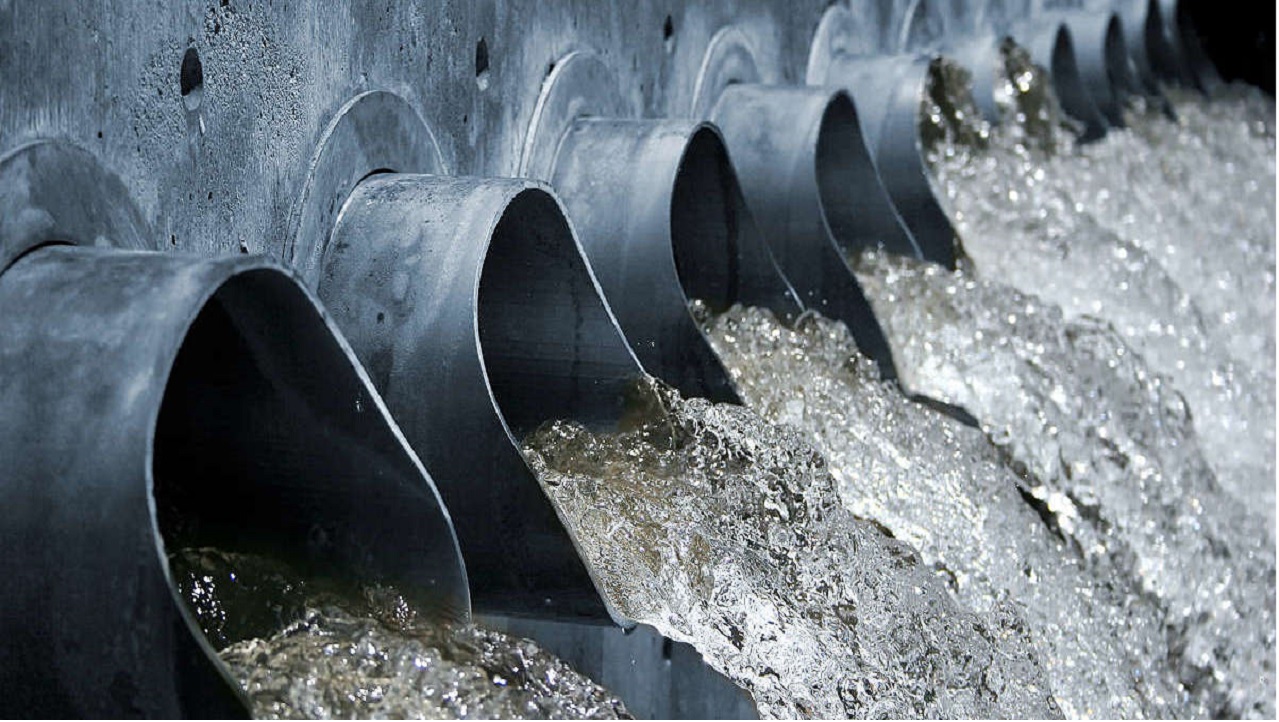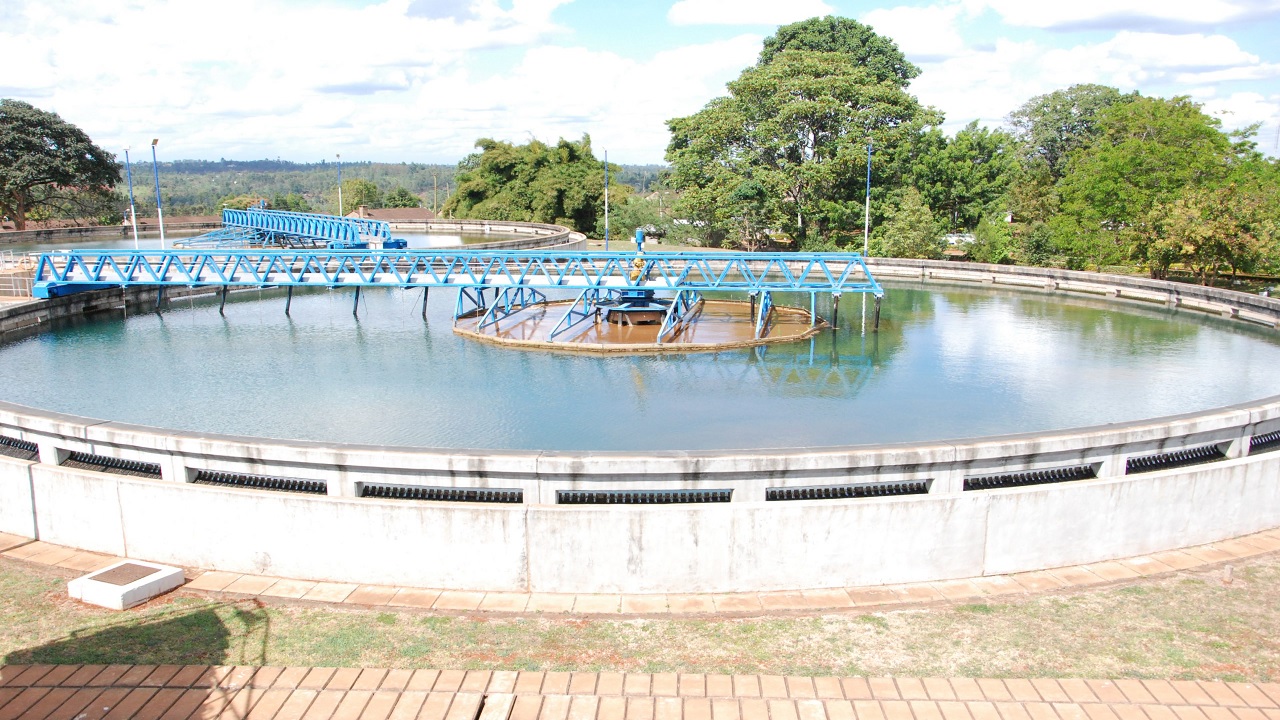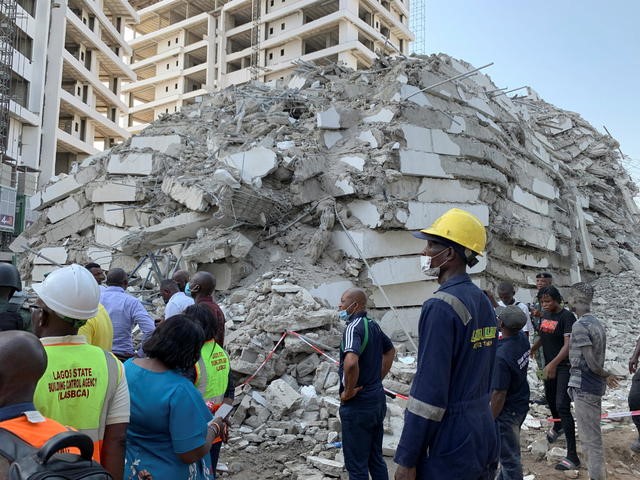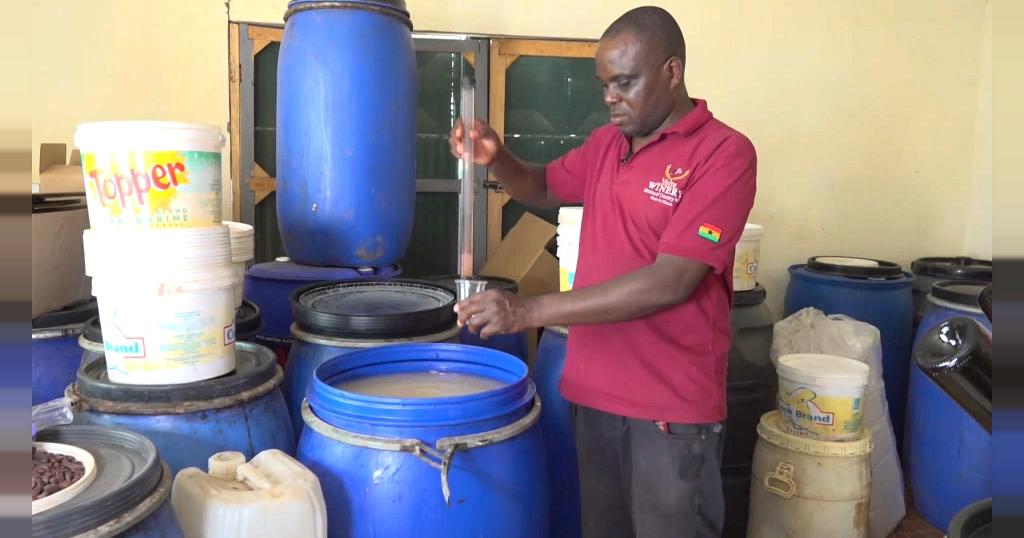Wastewater management in Kenya is still a challenge
By: Rading Biko
Posted on Thursday, January 20, 2022

The Kenya Bureau of Statistics, 2019, projects that there is an increased production of wastewater from industrial, commercial, residential as well as the clinical and domestic waste generation which surpasses ecological footprint.
This situation is not only in Kenya. Many counties are struggling with liquid waste management with some going for less efficient methods such as exhausting and transportation of waste rather than treating it.
Increasing urban population and expansion of urban cities have overstretched the capacity of a trunk sewer line. While the commercialization of waste management is hardly considered beyond collection the receiving bodies are carrying the burden of our myopic waste management policies and practice.
Meanwhile, the time has proven that centralized sewer systems are not working. The efficiency of the existing ones keeps decreasing as we discharge more and more wastewater beyond their capacity.
The sewer lines are becoming more and more costly to construct as the land on which they pass through becomes expensive to acquire for what many see as low-value land use. Instead, such land is converted into built properties which end up producing more wastewater which ends up in our rivers untreated leading into the sorry state of our rivers as evident in the view presented by the infamous Nairobi river.
The future of wastewater treatment involves embracing On-site wastewater treatment and recycling while at the same time handling surface water pollution, according to Daniel Wanjuki, the Lead Expert and CEO of Eco save Africa
Wanjuki says “we need to optimize on Decentralized Wastewater Treatment Systems (DeWWATS ) footprint while at the same time significantly reducing resident time for efficient treatment by using Ecotreat Waste Digesters.
As the technical lead for innovation at ECO save Africa, he has spent much of his career looking at extending the traditional technique of wastewater management. Over the years, the company has harnessed technology to devise ways to eliminate the offending smell from wastewater treatment sites.
This makes it possible for roads or even playgrounds to accommodate such novel wastewater treatment systems safely.
The human population keep rising while the planet’s capacity to support this population is shrinking. The effect of poor wastewater on the environment cannot be overlooked.
As one of the mitigating measures for climate change, the 26th Conference of Parties pointed out the need to curtail methane emission from human-based activities by the year 2030. This is in recognition that carbon sequestration is not complete without addressing the tragedy of methane gas in wastewater management.
Looking at the volume of methane gas generated from point sources such as pit latrines, septic tanks and agricultural sources, we shall have missed the bus in arresting climate change. Methane gas has no natural uses other than some bacteria several kilometres deep down the ocean floor. This means that once produced the methane gas adds no value to the food chain. It, therefore, ends up in the stratosphere where it
forms a thin layer covering the entire planet. Due to its strong hydrogen-hydrogen bonds, methane gas acts as a “bouncing castle” for sun rays reflected from the Earth’s surface. The bounced off heat rays are prevented from leaving the atmosphere. This creates a warmer than usual temperature at the end of the day and cumulatively leads to a warmer atmosphere hence climate change.

Ecosave Africa Ltd has fashioned a waste management procedure that helps manage the environment more efficiently. Their Ecotreat Waste Digester technology eliminates methane gas during the decomposition of waste. This is a big bonus to the fight against climate change. Ecotreat waste digester is fashioned to be used as a topical additive to waste as bacteria therein carry out decomposition without the bad odour characteristic of such sites. What is even more astonishing is that the waste breakdown
process goes on without methane forming step. It can be used in septic tanks, pit latrines as well as municipal and industrial waste treatment plants to stop the methanogenic decomposition of waste.
Instead, ethanol produced at the intermediate step through Ecotreat waste Digester can be used as liquid fuel and finally, the carbon dioxide produced as end product has 21 times less global warming potential compared to methane gas. Besides, carbon dioxide can be sequestered through tree planting or generally fixed into existing vegetation cover.
According to Wanjuki, the country should work towards eliminating the use of chemicals in wastewater treatment and reduce the need to exhaust waste using trucks. This, he says ‘reduces the use of electricity to run motors that aerate wastewater as the process depends entirely on ambient aerobic environment.”
He adds that “ we have to reduce pollution related water scarcity, Where rivers flows but no one will dare use their toxic content. When this is done our environment will be cleaner from the source , as it passes through our land and as it empties into the ocean or other water bodies.”
Wanjuki elaborates that the efficiency of the wastewater treatment process is both dependent on the design of the treatment plant as well as the “character” of the influent. Therefore, the design of our Decentralized Waste Water Treatment Systems (DeWWATS) should ensure adequate resident time as well as a conducive environment for efficient degradation of the organic load in the water. The “character” of influent includes pH, organic load and presence of high oxidants or antiseptics. This is countered by the introduction of bacteria, sold as Ecotreat Waste Digester that accelerate the degradation of the waste hence reducing on space required to set up wastewater treatment systems.
In the case of existing municipal plants, Wanjuki concludes that “there is need to rehabilitate the old treatment plants by incorporating the four chambered design with wastewater managed through use of a Biological agent, ECOTREAT and the siphoning system.” This design eliminates the anaerobic phase leading to waste degradation devoid of methane gas emissions. The outcome is an efficiently managed wastewater output that will be acceptable for discharge into the storm drains or reuse for mundane uses.







